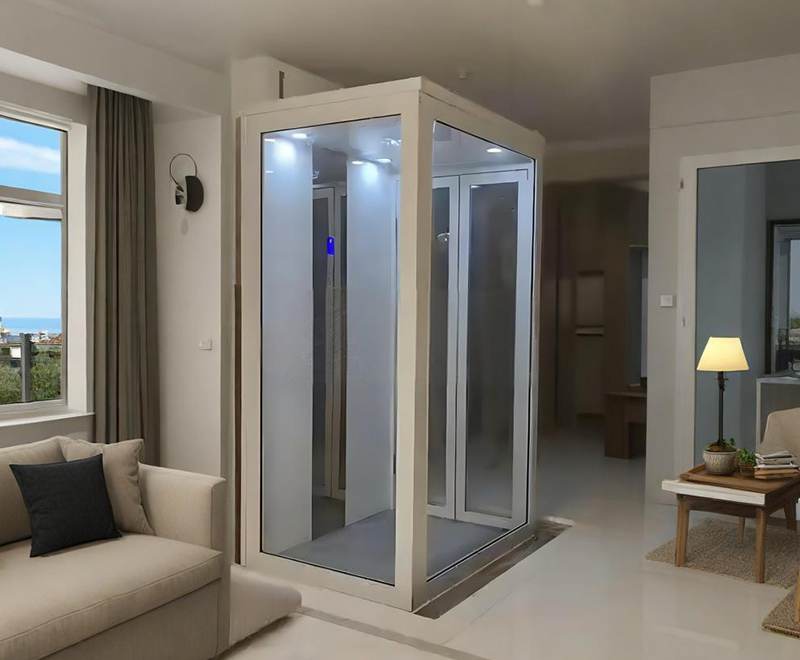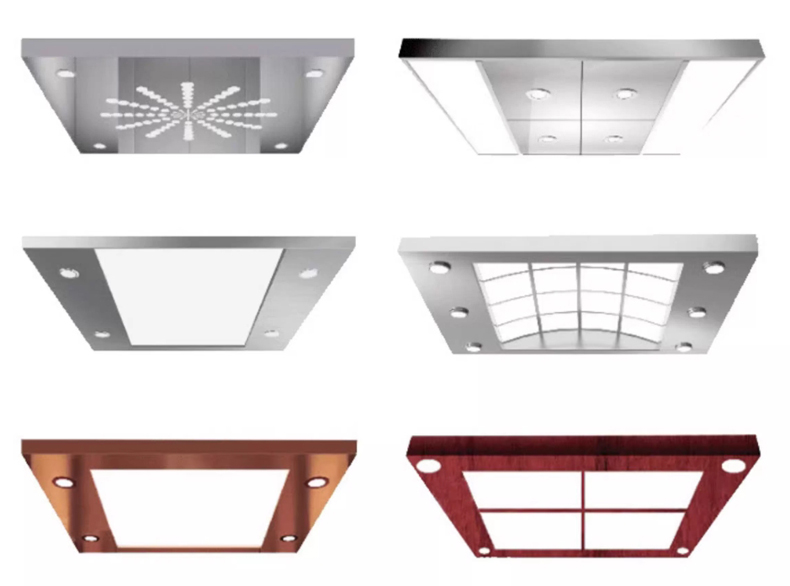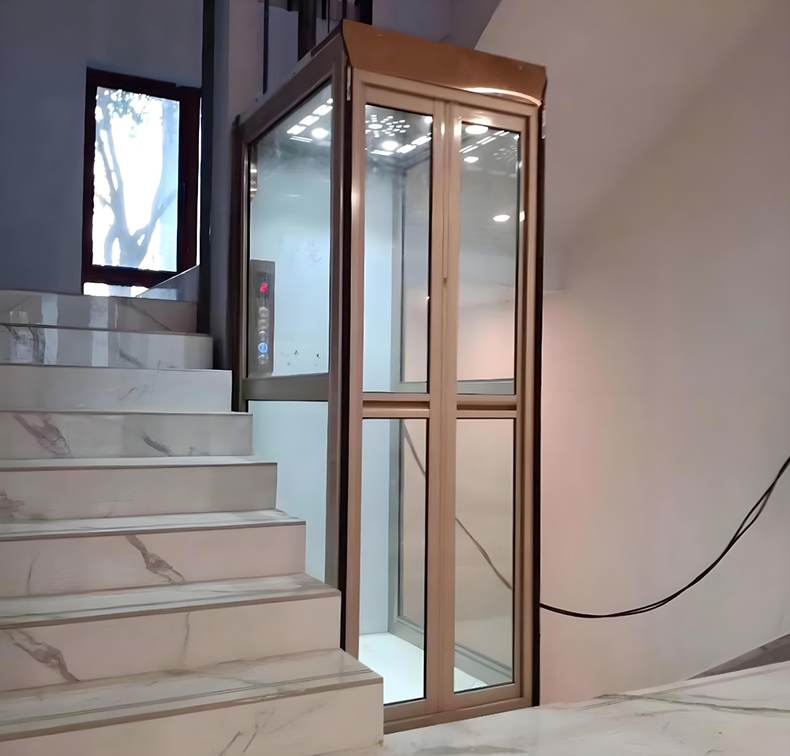As homes evolve—from cozy apartments to compact townhouses—homeowners face a common challenge: balancing accessibility with limited square footage. A small lift for home solves this dilemma, enhancing mobility between floors without the need for major renovations. Ideal for aging in place, accommodating mobility challenges, or simply adding daily convenience, these compact solutions integrate seamlessly into tight layouts, making them a game-changer for space-conscious households.

Traditional elevators are bulky, require dedicated shafts, and eat up valuable space—making them impractical for small homes. A lift for small home is designed with one priority: space efficiency. Here’s what makes them unique:
-
Ultra-slim footprint: Most models take up less than 3 square feet, fitting beside staircases, in unused corners, or near entryways without crowding rooms.
-
Strong weight capacity: Despite their size, these lifts typically handle up to 800 pounds, comfortably transporting 1-2 people or heavy items like groceries and laundry.
-
No major renovations: Unlike commercial elevators, they avoid the need for extensive structural changes, making them feasible for even the most compact living spaces.

For homeowners who want accessibility and aesthetics, the small capsule lift for home is the perfect choice. It turns a practical tool into a design focal point with:
-
Sleek cylindrical design: Transparent glass or metal exteriors maintain visual openness—critical for small spaces that risk feeling cramped.
-
Light-friendly features: The transparent cabin lets natural light flow through, keeping rooms bright and airy.
-
Customizable finishes: Choose from LED lighting, wood accents, or matching color palettes to align with your home’s decor, ensuring the lift complements (rather than clashes with) your space.

One of the biggest barriers to home lifts is fear of disruptive, costly installations. The small elevator lift for home eliminates this worry with innovative engineering:
-
Shaftless design: Most models attach directly to existing walls, no deep pits or dedicated shafts required.
-
Fast setup: Installation takes just 1-2 weeks (compared to months for traditional elevators), minimizing disruption to daily life.
-
Lower costs: Reduced labor and material needs cut installation expenses, making these lifts accessible for renters and homeowners alike.
Selecting the best small lift for home depends on your space, style, and reliability needs. Use this quick guide to match your priorities to the right model:
A small lift for home isn’t just an accessibility tool—it’s a way to make your home work smarter. Whether you choose the stylish small capsule lift for home, the space-efficient lift for small home, or the reliable small elevator lift for home, you no longer have to choose between mobility and preserving square footage.
These innovative solutions let you enjoy easier, safer movement between floors while keeping your home’s design and space intact—improving daily life for every member of your household.

Short FAQ: Small Lift for Home
1. What is a small home lift?
A compact vertical device for private residential use, with a load capacity of 200-400kg and cabin size around 80-120cm (width) × 80-150cm (depth). It’s designed for 3-5 story homes, slower (≤0.4m/s) and more space-saving than commercial elevators.
2. What are the main types?
-
Traction: Smooth, low-noise, needs a shaft (some machine-room-less).
-
Screw: Shaft-less, small footprint (0.5㎡+), ideal for narrow spaces.
-
Hydraulic: No top machine room, stable but needs hydraulic station maintenance.
-
Gear Rack: Simple, low-cost, suitable for 2-3 story homes (slightly noisy).
3. What space is required?
-
Screw type: Min. 80cm×90cm (built-in shaft), top height ≥210cm.
-
Traction type: Shaft ≥120cm×120cm, top height ≥220cm (machine-room-less).
-
All need 1-2㎡ maintenance space and 80cm+ door width.
4. What’s the price range?
Global cost:
USD 5,000−15,000. Basic models
5. Are they safe?
Key protections: anti-fall (speed governor + buffer), anti-pinch (infrared sensors), emergency alarm/lighting
6. How long do they last?
15-20 years with proper care: annual maintenance (450−750) and avoiding overloading/water damage.




